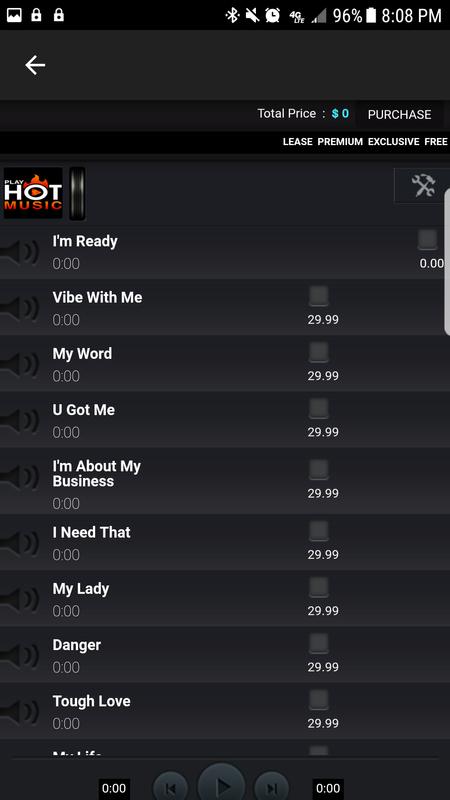The temporary organization of music is one of the most volatile elements of music. The existence of rhythm in music allows us to draw analogies with other forms of art that use rhythm as an important element of expressiveness. If you want to buy beats you must know the music first.
A big role in the formation of concepts and definitions of the rhythmic organization of music was played by poetry. The classical theory of meter is characterized by the use of definitions borrowed from the theory of versification. For example, the rhythmic organization of motifs is presented in the form of iamb, chorea, and amphibrach.

Such an intertwining of concepts is not accidental and arises from the need to at least somehow organize the most mysterious thing in the universe – time.
Unlike other elements (harmony, melody etc.) the temporary organization of music is very little studied and the knowledge that we can use to develop our musical abilities is conditional. This knowledge can only be used at the initial stage of training as an aid in mastering real, live music.
Usually time in music is represented by 4 main categories.
- Rhythm
- Meter
- Pace
- The size
You can also add to this list such a thing as agogica (from the Greek lead, deviation) – slowing down and speeding up helping to uncover the meaning of musical intonation.
Each of these time categories is implemented differently in different styles of music. For example, in early jazz the meter did not play a big role, and the main importance was attached to the diversity of rhythms and accents. In progressive rock and avant-garde, another tendency can be found: the strengthening of the role of the meter in the obstinate rhythm.
What is rhythm from a musical point of view?
The musical rhythm is the temporal and accent side of melody, harmony, texture, thematic and all other elements of the musical language. The word rhythm itself comes from the Greek word for.
An important condition for understanding the rhythm is the fact that the existence of the rhythm is impossible separately from other elements of the musical fabric, such as texture, harmony, etc. except for percussion instruments, although the texture is also there.
The rhythm in music is manifested both at the level of small units (durations) and at the level of large ones (parts of a form or a multipart work). There are two large rhythm dividing systems established in modern music:
- Binary (duality)
- Trinity
- Special types of rhythmic dividing
- Binary, ternary, and also dividing system into 5 I considered here.
An interesting fact is that at the dawn of the birth of a rhythmic division system, the norm was a system of dividing into three rather than two. Then binarity ousted the triplicate, and then they became equal.
The system of division is by 5, 7, 9, etc. Initially, it was considered exotic and was used more intuitively than consciously (more confirmation of the formation of “non-transcribed” rhythms in the improvisations of modern masters). However, gradually they became the standard way to diversify rhythmic figures.
